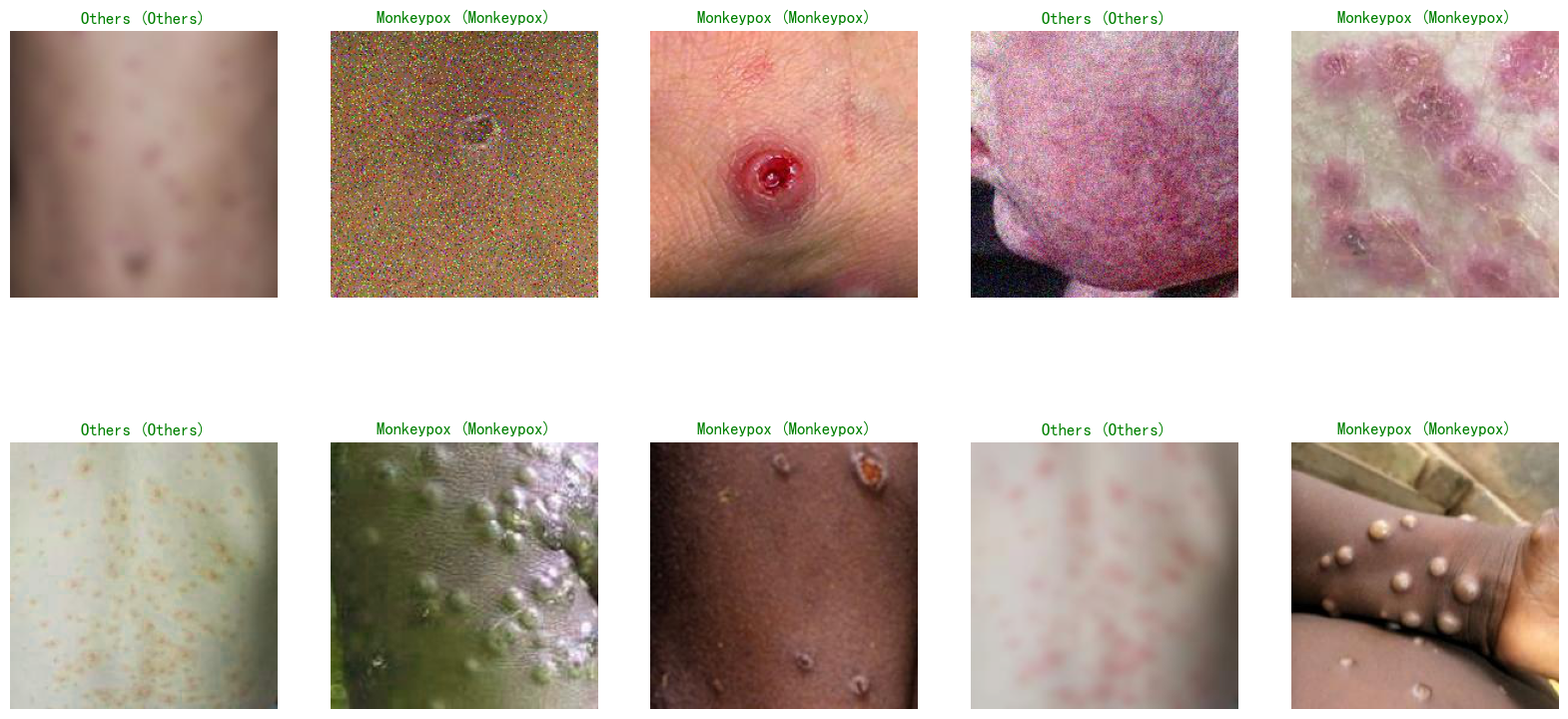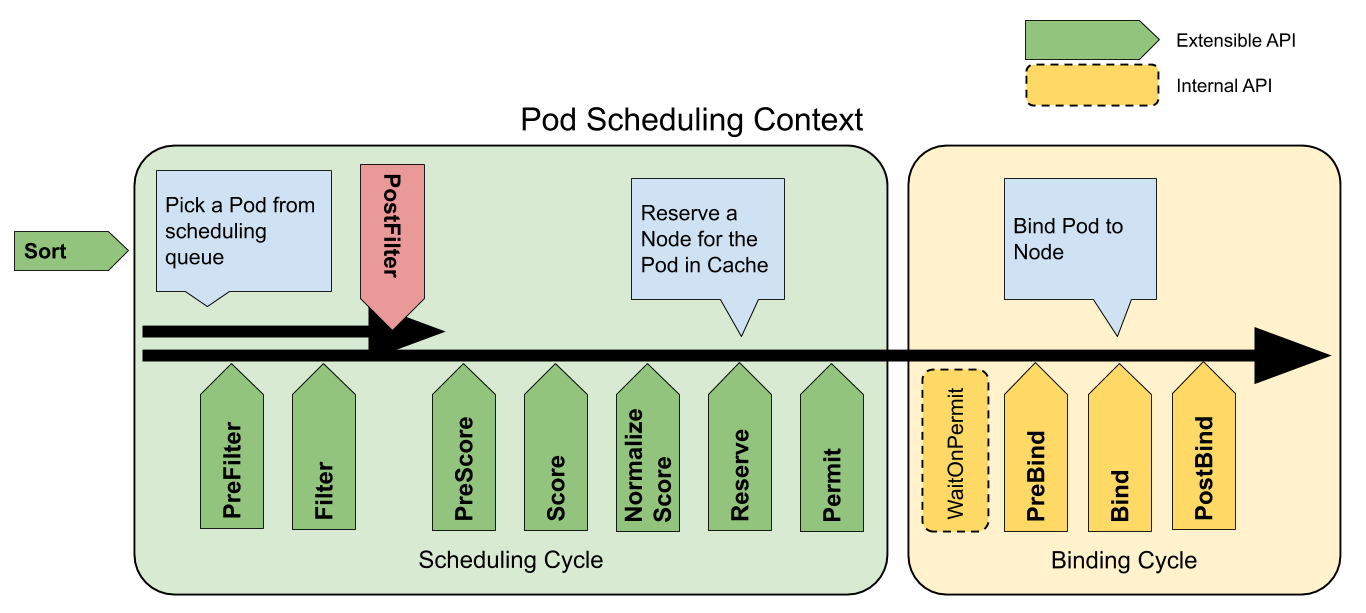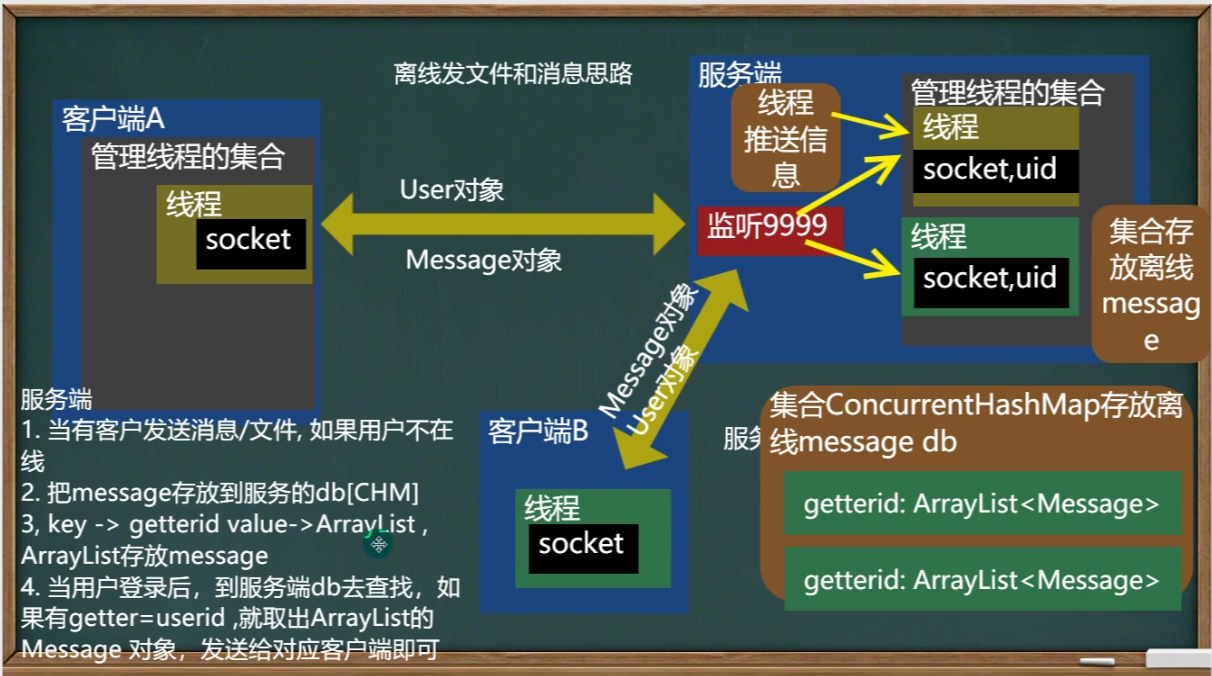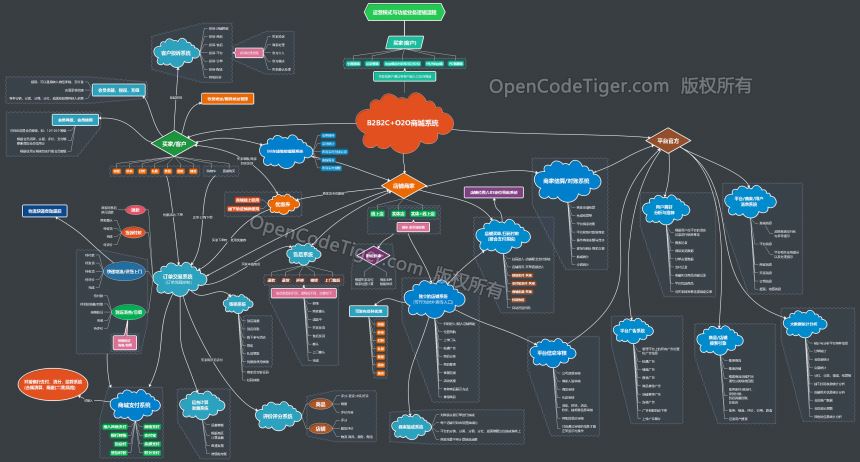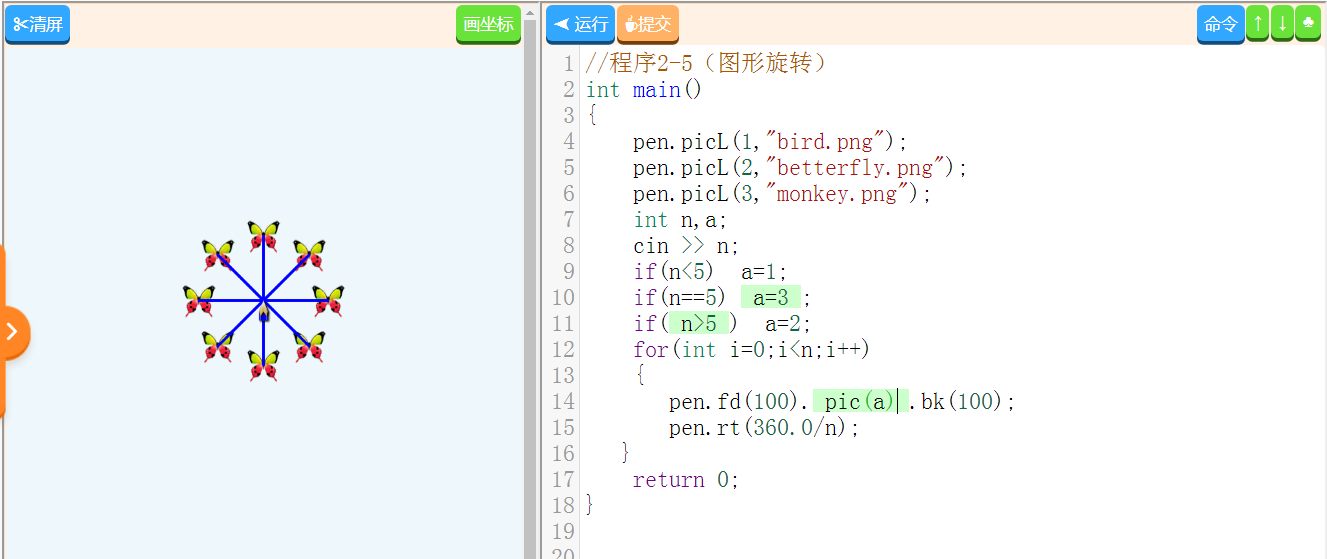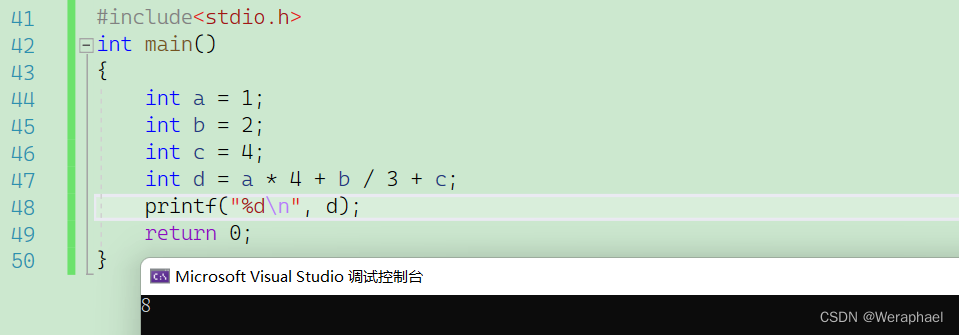- 🍨 本文为🔗365天深度学习训练营 中的学习记录博客
- 🍦 参考文章地址: 365天深度学习训练营-第P4周:猴痘病识别
- 🍖 作者:K同学啊
一、前期准备
1.设置GPU
import torch
from torch import nn
import torchvision
from torchvision import transforms,datasets,models
import matplotlib.pyplot as plt
import os,PIL,pathlibdevice = torch.device("cuda" if torch.cuda.is_available() else "cpu")
devicedevice(type='cuda')
2.导入数据
data_dir = './houdou/'
data_dir = pathlib.Path(data_dir)
data_paths = list(data_dir.glob('*'))
classNames = [str(path).split('\\')[1] for path in data_paths]
classNamestrain_transforms = transforms.Compose([
transforms.Resize([224,224]),# resize输入图片
transforms.ToTensor(), # 将PIL Image或numpy.ndarray转换成tensor
transforms.Normalize(
mean = [0.485, 0.456, 0.406],
std = [0.229,0.224,0.225]) # 从数据集中随机抽样计算得到
])
total_data = datasets.ImageFolder(data_dir,transform=train_transforms)
total_dataDataset ImageFolder
Number of datapoints: 2142
Root location: houdou
StandardTransform
Transform: Compose(
Resize(size=[224, 224], interpolation=PIL.Image.BILINEAR)
ToTensor()
Normalize(mean=[0.485, 0.456, 0.406], std=[0.229, 0.224, 0.225])
)
3.数据集划分
train_size = int(0.8*len(total_data))
test_size = len(total_data) - train_size
train_dataset, test_dataset = torch.utils.data.random_split(total_data,[train_size,test_size])
train_size,test_size(1713, 429)
batch_size = 32
train_dl = torch.utils.data.DataLoader(train_dataset,
batch_size=batch_size,
shuffle=True,
num_workers=1)
test_dl = torch.utils.data.DataLoader(test_dataset,
batch_size=batch_size,
shuffle=True,
num_workers=1)4.数据可视化
imgs, labels = next(iter(train_dl))
imgs.shapetorch.Size([32, 3, 224, 224])
import numpy as np
# 指定图片大小,图像大小为20宽、5高的绘图(单位为英寸inch)
plt.figure(figsize=(20, 5))
for i, imgs in enumerate(imgs[:20]):
npimg = imgs.numpy().transpose((1,2,0))
npimg = npimg * np.array((0.229, 0.224, 0.225)) + np.array((0.485, 0.456, 0.406))
npimg = npimg.clip(0, 1)
# 将整个figure分成2行10列,绘制第i+1个子图。
plt.subplot(2, 10, i+1)
plt.imshow(npimg)
plt.axis('off')
for X,y in test_dl:
print('Shape of X [N, C, H, W]:', X.shape)
print('Shape of y:', y.shape)
breakShape of X [N, C, H, W]: torch.Size([32, 3, 224, 224]) Shape of y: torch.Size([32])
二、构建简单的CNN网络
# import torch.nn.functional as F
# num_classes = 4 # 图片的类别数
# class Network_bn(nn.Module):
# def __init__(self):
# super().__init__()
# # 特征提取网络
# self.conv1 = nn.Conv2d(in_channels=3, out_channels=12, kernel_size=5, stride=1, padding=0)
# self.bn1 = nn.BatchNorm2d(12)
# self.conv2 = nn.Conv2d(in_channels=12, out_channels=12, kernel_size=5, stride=1, padding=0)
# self.bn2 = nn.BatchNorm2d(12)
# self.pool = nn.MaxPool2d(2,2)
# self.conv3 = nn.Conv2d(in_channels=12, out_channels=24, kernel_size=5, stride=1, padding=0)
# self.bn3 = nn.BatchNorm2d(24)
# self.conv4 = nn.Conv2d(in_channels=24, out_channels=24, kernel_size=5, stride=1, padding=0)
# self.bn4 = nn.BatchNorm2d(24)
# # 分类网络
# self.fc1 = nn.Linear(24*50*50,num_classes)
# # 前向传播
# def forward(self, x):
# x = F.relu(self.bn1(self.conv1(x)))
# x = F.relu(self.bn2(self.conv2(x)))
# x = self.pool(x)
# x = F.relu(self.bn3(self.conv3(x)))
# x = F.relu(self.bn4(self.conv4(x)))
# x = self.pool(x)
# x = x.view(-1,24*50*50)
# x = self.fc1(x)
# return x
# model = Network_bn().to(device)
# model2.1 迁移学习
2.1.1 调用resnet18预训练模型、冻结参数
feature_extract = True
# 冻结参数
def set_parameter_requires_grad(model, feature_extracting):
if feature_extracting:
for param in model.parameters():
param.requires_grad = False
# 修改输出层
def initialize_model(num_classes, feature_extract, use_pretrained=True):
model_ft = models.resnet18(pretrained=use_pretrained)
set_parameter_requires_grad(model_ft, feature_extract)
num_ftrs = model_ft.fc.in_features
model_ft.fc = nn.Linear(num_ftrs, num_classes)
input_size = 32
return model_ft, input_sizemodel_ft, input_size = initialize_model(2, feature_extract, use_pretrained=True)
model_ft = model_ft.to(device)
model_ft略
2.1.2 取出输出层参数
取出输出层参数 后面用于训练更新
# 设置训练哪些层
params_to_update = model_ft.parameters()
print("Params to learn:")
if feature_extract: # 自己只训练输出层
params_to_update = []
for name,param in model_ft.named_parameters():
if param.requires_grad == True:
params_to_update.append(param)
print("\t",name)
else:
for name,param in model_ft.named_parameters():
if param.requires_grad == True:
print("\t",name)Params to learn: fc.weight fc.bias
三、训练模型
3.1 设置超参数
动态学习率
# 优化器设置
optimizer = torch.optim.Adam(params_to_update, lr=1e-4)#要训练啥参数,你来定
scheduler = torch.optim.lr_scheduler.StepLR(optimizer, step_size=5, gamma=0.92)#学习率每7个epoch衰减成原来的1/10
loss_fn = nn.CrossEntropyLoss()# def adjust_learning_rate(optimizer, epoch, start_lr):
# # 每2个 epoch衰减到原来的0.98
# lr = start_lr * (0.92 ** (epoch //2))
# for param_group in optimizer.param_groups:
# param_group['lr'] = lr
# optimizer = torch.optim.Adam(params_to_update,lr=1e-4)3.2 编写训练函数
# 训练循环
def train(dataloader, model, loss_fn, optimizer):
size = len(dataloader.dataset) # 训练集的大小,一共900张图片
num_batches = len(dataloader) # 批次数目,29(900/32)
train_loss, train_acc = 0, 0 # 初始化训练损失和正确率
for X, y in dataloader: # 获取图片及其标签
X, y = X.to(device), y.to(device)
# 计算预测误差
pred = model(X) # 网络输出
loss = loss_fn(pred, y) # 计算网络输出和真实值之间的差距,targets为真实值,计算二者差值即为损失
# 反向传播
optimizer.zero_grad() # grad属性归零
loss.backward() # 反向传播
optimizer.step() # 每一步自动更新
# 记录acc与loss
train_acc += (pred.argmax(1) == y).type(torch.float).sum().item()
train_loss += loss.item()
train_acc /= size
train_loss /= num_batches
return train_acc, train_loss3.3 编写测试函数
def test (dataloader, model, loss_fn):
size = len(dataloader.dataset) # 测试集的大小,一共10000张图片
num_batches = len(dataloader) # 批次数目,8(255/32=8,向上取整)
test_loss, test_acc = 0, 0
# 当不进行训练时,停止梯度更新,节省计算内存消耗
with torch.no_grad():
for imgs, target in dataloader:
imgs, target = imgs.to(device), target.to(device)
# 计算loss
target_pred = model(imgs)
loss = loss_fn(target_pred, target)
test_loss += loss.item()
test_acc += (target_pred.argmax(1) == target).type(torch.float).sum().item()
test_acc /= size
test_loss /= num_batches
return test_acc, test_loss3.4 正式训练
3.4.1 训练输出层
epochs = 20
train_loss = []
train_acc = []
test_loss = []
test_acc = []
best_acc = 0
for epoch in range(epochs):
model_ft.train()
epoch_train_acc, epoch_train_loss = train(train_dl, model_ft, loss_fn, optimizer)
scheduler.step()#学习率衰减
model_ft.eval()
epoch_test_acc, epoch_test_loss = test(test_dl, model_ft, loss_fn)
# 保存最优模型
if epoch_test_acc > best_acc:
best_acc = epoch_train_acc
state = {
'state_dict': model_ft.state_dict(),#字典里key就是各层的名字,值就是训练好的权重
'best_acc': best_acc,
'optimizer' : optimizer.state_dict(),
}
torch.save(state, filename)
train_acc.append(epoch_train_acc)
train_loss.append(epoch_train_loss)
test_acc.append(epoch_test_acc)
test_loss.append(epoch_test_loss)
template = ('Epoch:{:2d}, Train_acc:{:.1f}%, Train_loss:{:.3f}, Test_acc:{:.1f}%,Test_loss:{:.3f}')
print(template.format(epoch+1, epoch_train_acc*100, epoch_train_loss, epoch_test_acc*100, epoch_test_loss))
print('Done')
print('best_acc:',best_acc)Epoch: 1, Train_acc:54.6%, Train_loss:0.707, Test_acc:54.8%,Test_loss:0.677 Epoch: 2, Train_acc:61.2%, Train_loss:0.648, Test_acc:64.8%,Test_loss:0.637 Epoch: 3, Train_acc:67.3%, Train_loss:0.615, Test_acc:67.8%,Test_loss:0.603 Epoch: 4, Train_acc:70.5%, Train_loss:0.589, Test_acc:72.5%,Test_loss:0.583 Epoch: 5, Train_acc:73.6%, Train_loss:0.567, Test_acc:75.8%,Test_loss:0.554 Epoch: 6, Train_acc:75.0%, Train_loss:0.544, Test_acc:77.2%,Test_loss:0.561 Epoch: 7, Train_acc:76.7%, Train_loss:0.530, Test_acc:80.0%,Test_loss:0.528 Epoch: 8, Train_acc:78.4%, Train_loss:0.517, Test_acc:80.4%,Test_loss:0.510 Epoch: 9, Train_acc:78.5%, Train_loss:0.503, Test_acc:80.0%,Test_loss:0.503 Epoch:10, Train_acc:78.8%, Train_loss:0.499, Test_acc:81.6%,Test_loss:0.492 Epoch:11, Train_acc:80.2%, Train_loss:0.488, Test_acc:81.8%,Test_loss:0.477 Epoch:12, Train_acc:79.7%, Train_loss:0.478, Test_acc:81.1%,Test_loss:0.477 Epoch:13, Train_acc:81.7%, Train_loss:0.471, Test_acc:82.1%,Test_loss:0.468 Epoch:14, Train_acc:81.4%, Train_loss:0.460, Test_acc:82.8%,Test_loss:0.462 Epoch:15, Train_acc:81.7%, Train_loss:0.459, Test_acc:82.8%,Test_loss:0.454 Epoch:16, Train_acc:81.3%, Train_loss:0.455, Test_acc:82.8%,Test_loss:0.440 Epoch:17, Train_acc:82.7%, Train_loss:0.447, Test_acc:83.7%,Test_loss:0.440 Epoch:18, Train_acc:82.2%, Train_loss:0.449, Test_acc:82.1%,Test_loss:0.435 Epoch:19, Train_acc:83.1%, Train_loss:0.433, Test_acc:83.2%,Test_loss:0.439 Epoch:20, Train_acc:82.9%, Train_loss:0.432, Test_acc:82.5%,Test_loss:0.430 Done
3.4.2 训练所有层
for param in model_ft.parameters():
param.requires_grad = True
# 再继续训练所有的参数,学习率调小一点
optimizer = torch.optim.Adam(model_ft.parameters(), lr=1e-4)
scheduler = torch.optim.lr_scheduler.StepLR(optimizer, step_size=5, gamma=0.92)
# 损失函数
criterion = nn.CrossEntropyLoss()# 加载之前训练好的权重参数
checkpoint = torch.load(filename)
best_acc = checkpoint['best_acc']
model_ft.load_state_dict(checkpoint['state_dict'])epochs = 20
train_loss = []
train_acc = []
test_loss = []
test_acc = []
best_acc = 0
for epoch in range(epochs):
model_ft.train()
epoch_train_acc, epoch_train_loss = train(train_dl, model_ft, loss_fn, optimizer)
scheduler.step()#学习率衰减
model_ft.eval()
epoch_test_acc, epoch_test_loss = test(test_dl, model_ft, loss_fn)
# 保存最优模型
if epoch_test_acc > best_acc:
best_acc = epoch_train_acc
state = {
'state_dict': model_ft.state_dict(),#字典里key就是各层的名字,值就是训练好的权重
'best_acc': best_acc,
'optimizer' : optimizer.state_dict(),
}
torch.save(state, filename)
train_acc.append(epoch_train_acc)
train_loss.append(epoch_train_loss)
test_acc.append(epoch_test_acc)
test_loss.append(epoch_test_loss)
template = ('Epoch:{:2d}, Train_acc:{:.1f}%, Train_loss:{:.3f}, Test_acc:{:.1f}%,Test_loss:{:.3f}')
print(template.format(epoch+1, epoch_train_acc*100, epoch_train_loss, epoch_test_acc*100, epoch_test_loss))
print('Done')
print('best_acc:',best_acc)Epoch: 1, Train_acc:90.7%, Train_loss:0.229, Test_acc:93.0%,Test_loss:0.171 Epoch: 2, Train_acc:97.7%, Train_loss:0.067, Test_acc:96.7%,Test_loss:0.097 Epoch: 3, Train_acc:98.1%, Train_loss:0.052, Test_acc:95.3%,Test_loss:0.142 Epoch: 4, Train_acc:99.4%, Train_loss:0.024, Test_acc:97.0%,Test_loss:0.078 Epoch: 5, Train_acc:99.2%, Train_loss:0.026, Test_acc:97.4%,Test_loss:0.077 Epoch: 6, Train_acc:99.8%, Train_loss:0.009, Test_acc:97.2%,Test_loss:0.085 Epoch: 7, Train_acc:99.7%, Train_loss:0.014, Test_acc:97.0%,Test_loss:0.114 Epoch: 8, Train_acc:99.8%, Train_loss:0.006, Test_acc:97.4%,Test_loss:0.070 Epoch: 9, Train_acc:99.6%, Train_loss:0.011, Test_acc:97.4%,Test_loss:0.080 Epoch:10, Train_acc:99.5%, Train_loss:0.014, Test_acc:95.3%,Test_loss:0.145 Epoch:11, Train_acc:99.6%, Train_loss:0.012, Test_acc:95.8%,Test_loss:0.145 Epoch:12, Train_acc:99.6%, Train_loss:0.010, Test_acc:97.2%,Test_loss:0.081 Epoch:13, Train_acc:99.8%, Train_loss:0.008, Test_acc:96.3%,Test_loss:0.131 Epoch:14, Train_acc:99.8%, Train_loss:0.005, Test_acc:96.0%,Test_loss:0.106 Epoch:15, Train_acc:100.0%, Train_loss:0.002, Test_acc:96.5%,Test_loss:0.099 Epoch:16, Train_acc:99.9%, Train_loss:0.002, Test_acc:96.3%,Test_loss:0.105 Epoch:17, Train_acc:100.0%, Train_loss:0.001, Test_acc:97.0%,Test_loss:0.085 Epoch:18, Train_acc:100.0%, Train_loss:0.001, Test_acc:96.7%,Test_loss:0.105 Epoch:19, Train_acc:100.0%, Train_loss:0.001, Test_acc:97.0%,Test_loss:0.097 Epoch:20, Train_acc:99.9%, Train_loss:0.002, Test_acc:97.4%,Test_loss:0.077 Done
四、结果可视化
加载训练好的模型
model_ft, input_size = initialize_model(2, feature_extract, use_pretrained=True)
# GPU模式
model_ft = model_ft.to(device)
# 保存文件的名字
filename='best.pt'
# 加载模型
checkpoint = torch.load(filename)
best_acc = checkpoint['best_acc']
model_ft.load_state_dict(checkpoint['state_dict'])结果可视化
import matplotlib.pyplot as plt
#隐藏警告
import warnings
warnings.filterwarnings("ignore") #忽略警告信息
plt.rcParams['font.sans-serif'] = ['SimHei'] # 用来正常显示中文标签
plt.rcParams['axes.unicode_minus'] = False # 用来正常显示负号
plt.rcParams['figure.dpi'] = 100 #分辨率
epochs_range = range(epochs)
plt.figure(figsize=(12, 3))
plt.subplot(1, 2, 1)
plt.plot(epochs_range, train_acc, label='Training Accuracy')
plt.plot(epochs_range, test_acc, label='Test Accuracy')
plt.legend(loc='lower right')
plt.title('Training and Validation Accuracy')
plt.subplot(1, 2, 2)
plt.plot(epochs_range, train_loss, label='Training Loss')
plt.plot(epochs_range, test_loss, label='Test Loss')
plt.legend(loc='upper right')
plt.title('Training and Validation Loss')
plt.show()
测试模型
train_on_gpu = True
# 得到一个batch的测试数据
imgs, labels = next(iter(train_dl))
# 进行预测
model_ft.eval()
if train_on_gpu:
output = model_ft(imgs.cuda())
else:
output = model_ft(imgs)
# 获得预测结果(概率最大的)
_, preds_tensor = torch.max(output, 1)
preds = np.squeeze(preds_tensor.numpy()) if not train_on_gpu else np.squeeze(preds_tensor.cpu().numpy())
predsarray([1, 0, 0, 1, 0, 1, 0, 0, 1, 0, 0, 1, 1, 1, 0, 1, 1, 1, 0, 1, 0, 0,
0, 1, 1, 0, 1, 0, 0, 1, 0, 0], dtype=int64)
import numpy as np
# 指定图片大小,图像大小为20宽、5高的绘图(单位为英寸inch)
plt.figure(figsize=(20, 10))
for idx, imgs in enumerate(imgs[:10]):
#ax = fig.add_subplot(rows, columns, idx+1, xticks=[], yticks=[])
npimg = imgs.numpy().transpose((1,2,0))
npimg = npimg * np.array((0.229, 0.224, 0.225)) + np.array((0.485, 0.456, 0.406))
npimg = npimg.clip(0, 1)
# 将整个figure分成2行10列,绘制第i+1个子图。
ax = plt.subplot(2, 5, idx+1)
ax.set_title("{} ({})".format(classNames[preds[idx]], classNames[labels[idx]]),
color=("green" if classNames[preds[idx]]==classNames[labels[idx]] else "red"))
plt.imshow(npimg)
plt.axis('off')